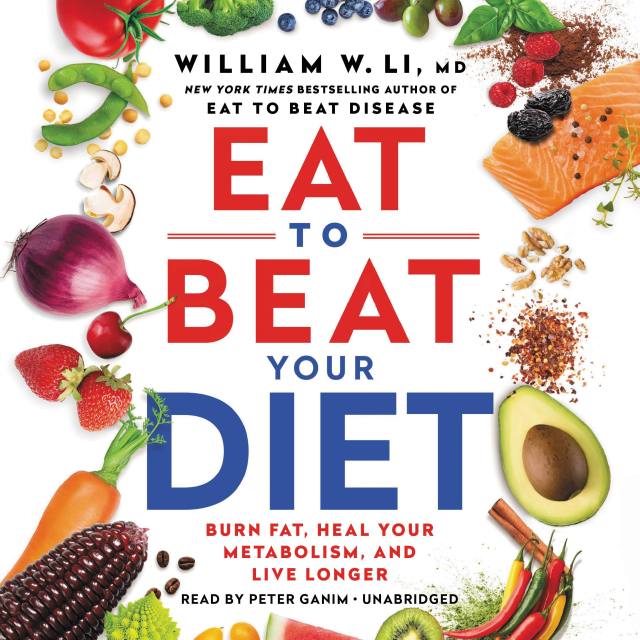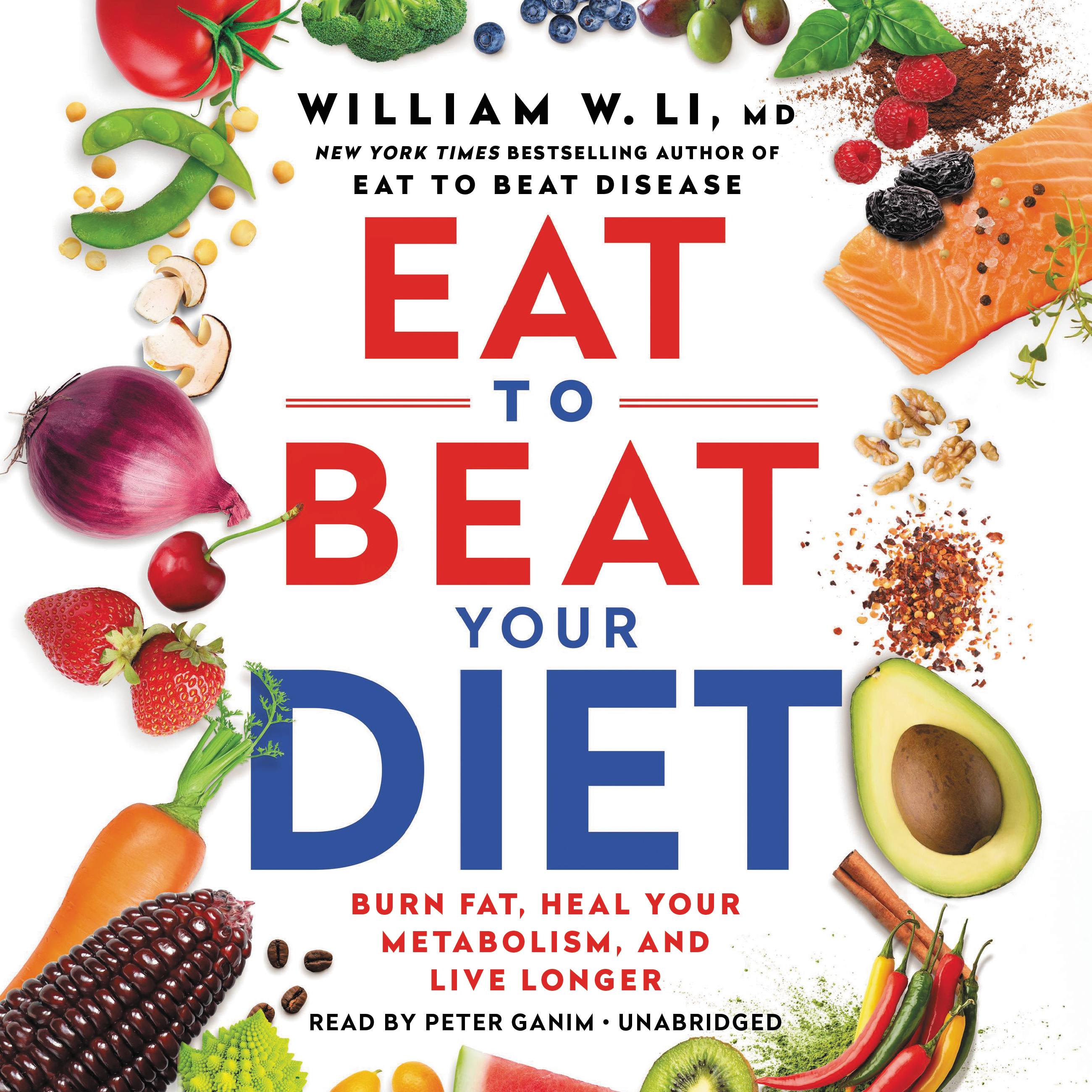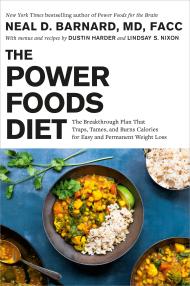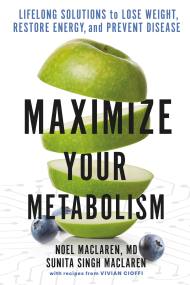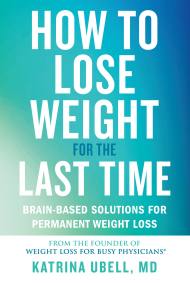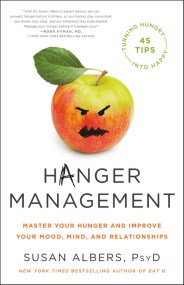Promotion
Use code MOM24 for 20% off site wide + free shipping over $45
Eat to Beat Your Diet
Burn Fat, Heal Your Metabolism, and Live Longer
Contributors
Read by Peter Ganim
Formats and Prices
Price
$45.00Price
$57.00 CADFormat
Format:
- Audiobook CD (Unabridged) $45.00 $57.00 CAD
- ebook $14.99 $19.99 CAD
- Hardcover (Large Print) $32.00 $40.00 CAD
- Hardcover $30.00 $38.00 CAD
- Audiobook Download (Unabridged) $31.99
This item is a preorder. Your payment method will be charged immediately, and the product is expected to ship on or around April 4, 2023. This date is subject to change due to shipping delays beyond our control.
Also available from:
The pioneering physician scientist behind the New York Times bestseller Eat to Beat Disease reveals the science of eating your way to healthy weight loss.
In his first groundbreaking book, Dr. William Li explored the world of food as medicine. By eating foods that you already enjoy, like tomatoes, blueberries, sourdough bread, and dark chocolate your body activates its five health defense systems to fight cancer, diabetes, cardiovascular, neurodegenerative autoimmune diseases, and other debilitating conditions.
Now in Eat to Beat Your Diet, Dr. Li introduces the surprising new science of weight loss, revealing healthy body fat can help you lose weight; your metabolism at 60 can be the same as when you were 20; yo-yo dieting can be good for your health; 8-hour fasting windows can be as effective as 12-hour fasting windows; and losing just a little bit of weight can have big impacts on your health. Eat to Beat Your Diet shows readers how adding the right foods to your diet can heal your metabolism, reduce unhealthy body fat, and result in the kind of weight loss that can increase your lifespan and help you thrive. Foods like:
- Tomatoes
- Avocado
- Watermelon
- Carrots
- Blueberries
- Dark Chocolate
- Mushrooms
- Lentils
- Purple Maize
- Apple Cider Vinegar
- Turmeric
- Lobster
- Mussel
- Caviar
- Oysters
- Sea Bass
- Green Tea
- Soy Milk
- Coffee
- Pomegranate Juice
Genre:
-
“A groundbreaking physician shares how we can use food to hack our natural defense systems and hardwire ourselves for health."Mehmet Oz, MD, Host, The Dr. Oz Show
-
"Dr. William Li is a healthcare pioneer... Dr. Li helps our readers thrive by unpacking how the body's own systems respond to what we eat. His book will give practical tips for healthier living and empower readers with ways they can help their bodies fight disease."Arianna Huffington, Founder and CEO, Thrive Global
-
"In a new ground-breaking study—Eat to Beat Disease—Dr. William W. Li provides the knowledge and tools to make better decisions what to eat every day. This easy-to-read book is not a diet book but help you better understand what you eat."The Washington Book Review
-
"An ode to one of life's greatest pleasures and a convincing case for a healthy appetite. This book will entertain, educate, devour and then empower you. Dr. William Li teaches us that we have radically underestimated our own power to transform and restore our health. This is a fascinating story of the power of food, a reflection on what we mean by health, and practical tool with the 5x5x5 framework to make sure we are around to enjoy life's pleasures for as long as possible."Bono
-
"Unlike so many books that turn people away from the foods they enjoy, Eat to Beat Disease shows us how the foods we love actually support our wellbeing and vitality. I recommend that every health seeker read this new classic, and tell their friends and family all about it."Mark Hyman, MD, Director, Cleveland Clinic Center
- On Sale
- Apr 4, 2023
- Publisher
- Hachette Audio
- ISBN-13
- 9781668626702
Newsletter Signup
By clicking ‘Sign Up,’ I acknowledge that I have read and agree to Hachette Book Group’s Privacy Policy and Terms of Use
